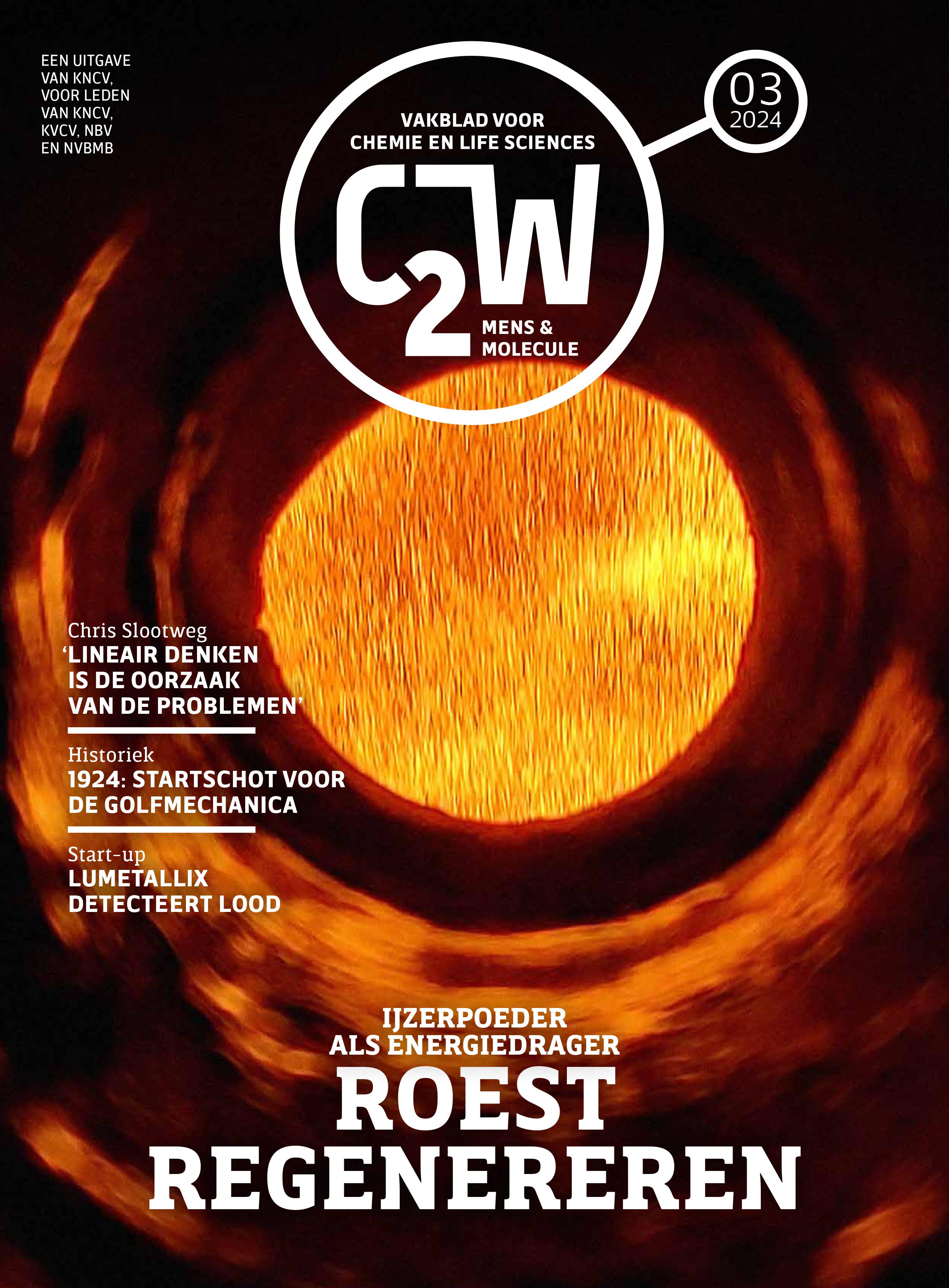Would you like to add an event to this list? Simply register your event using this form.
Model Platinum Catalysts

3001 Leuven, België
Promovendus/a: Lisa Geerts
Promotor(en): Prof. dr. ir. Johan Martens, De heer Sreeprasanth Pulinthanathu Sree
Exceptional catalytic and electrochemical properties and a high corrosion resistance make platinum attractive for a wide variety of (electro)catalytic applications. However, platinum is scarce and very expensive. Therefore, most efforts are directed towards maximizing the exposed surface area in order to increase the utilization of the platinum itself and thus to reduce the amount of Pt metal. This is conventionally achieved through reducing the size of the Pt particles to the nanoscale by dispersing them on porous high surface area supports. Another approach is nanostructuring of the metal. Such unsupported platinum nanostructures, combining high exposed surface area with electric conductivity, are needed for some specific applications such as electrocatalysis.
The relationship between structural and compositional properties and the (electro)catalytic performance of a catalyst is not well understood, because both kinetics and catalyst structure itself are complex. To uncover this relationship, it is necessary to design new experiments with simpler catalysts as a model system. Many model studies have been previously reported using single crystals or Pt particles on planar supports, but these are unable to fully mimic the complex structure of a real technical catalyst. Examples of well-characterized 3D Pt model catalysts were only scarcely reported.
In this doctoral study, the significance of 3D model platinum catalyst systems was demonstrated. Different preparation routes for model systems for both supported and unsupported Pt catalysts are presented. The model catalyst systems that have been synthesized and investigated are: Pt nanoparticles supported by alumina spheres, Pt nanoparticles supported by zeolites and a Pt porous unsupported nanostructure. They each represent a model for a catalyst that is often used in industrial processes.
A first model system was prepared by using a monodisperse, spherical alumina support to reduce the complexity. Spherical alumina particles were synthesized and decorated with Pt nanoparticles and mixed with spherical zeolite particles to create a bifunctional catalyst. This mixture was used for the hydroisomerization and hydrocracking of decane. For the other 2 model systems, the potential of atomic layer deposition (ALD) was explored. ALD is a self-limited growth method which relies on sequential reactions of gas phase precursor molecules with a solid surface. The surface-limited chemistry of ALD provides atomic-level control over introduction of nanoparticles and layers. Using Pt-ALD, platinum nanoparticles were uniformly deposited on zeolites, which made it catalytically active. It was also possible to introduce catalytically active acid sites by using Ga-ALD. The catalytic properties were examined by studying hydroisomerization and hydrocracking of decane. For creation of unsupported nanostructures, the pore system of ordered mesoporous silica templates was filled with platina using Pt-ALD, after which the template was removed. By use of the template, the shape of the pore was imposed on platina and the resulting replica has a large active surface area. The nanostructure was tested as electrode for electrocatalytic and biomedical applications.
All Dates
- 2020-02-06 17:00
Powered by iCagenda

